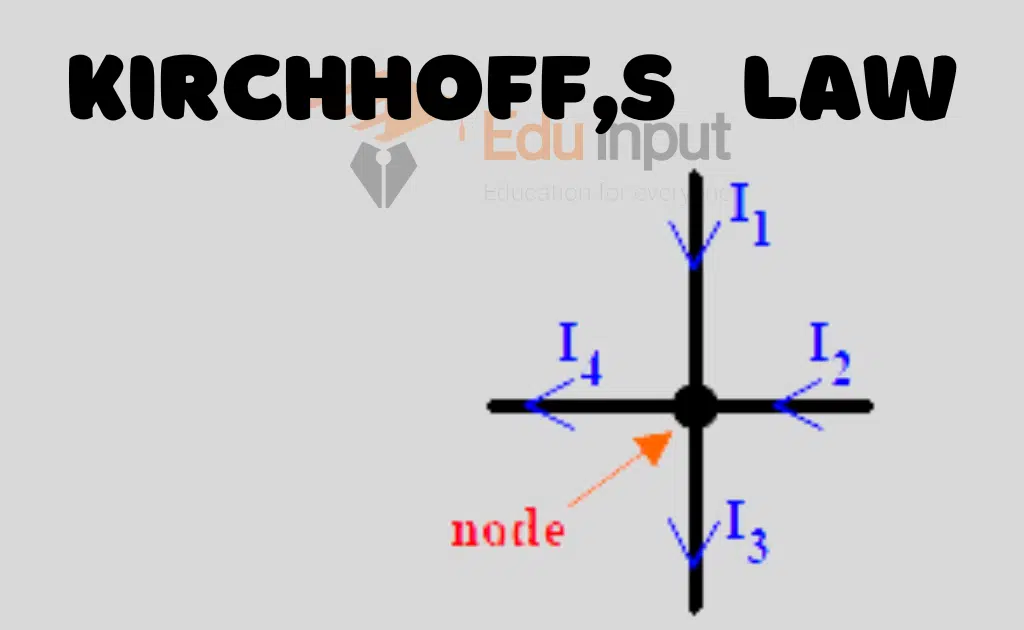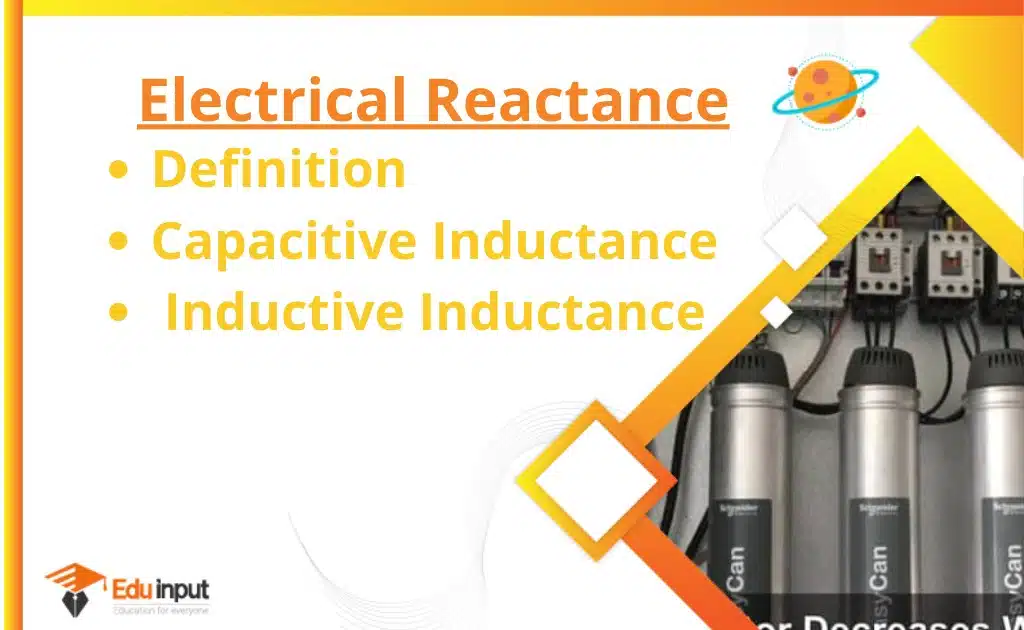What is a Thermistor?-Definition, Types, Construction, And Applications
The thermistor is a temperature-dependent resistor having a high negative temperature coefficient. Their resistance decrease as the temperature increase.
What is a thermistor?
A thermistor is a temperature sensor that measures the temperature of something at a certain distance away. Thermistors are commonly used in electronic devices to measure temperatures. A thermistor is a type of resistor that changes its electrical resistance according to the change in temperature.
Thermistors have been around since the early 20th century. Thermistors were first invented by Michael Faraday. Thermistors are used to measure the temperature of things. Thermistors are found in many different types of products including thermostats, smoke detectors, and even some medical equipment.
Thermistor Construction
Thermistors are made by heating under high-pressure semiconductor ceramic made from a mixture of metallic oxides of manganese, nickel, cobalt, copper, iron, etc. These are pressed into desired shapes and then baked at high temperatures.
Types of Thermistor
Thermistors are of two types
- Negative temperature coefficient(NTC)
- Positive temperature coefficient(PTC)
Negative temperature coefficient(NTC)
NTC thermistors are usually made from a pressed disc, rod, plate, bead, or cast chip of semiconducting metal oxides. Raising the temperature of a chip increases the number of active charge carriers, which leads to the formation of the conduction band. The more charge carriers that are available, the better the material can conduct.
Applications
There are some applications of NTC
- Thermometer
- current limiter device
- sensors in automotive
- incubator
- digital thermostat
- 3d printer
- inertial sensor
Positive temperature coefficient(PTC)
Most of the thermistors are made from doped polycrystalline ceramic, which has the ability to rise suddenly at a certain critical temperature. Barium titanate is ferroelectric and has a dielectric constant that varies with temperature. The high dielectric constant prevents the formation of potential barriers between the crystal grains, which leads to a low resistance below the Curie point temperature.
The device has a negative temperature coefficient in this part of the world. The formation of potential barriers at the grain boundaries can be achieved with the help of the drop in the dielectric constant at the Curie point temperature. The material can be reverted to NTC behavior at higher temperatures.
Applications
- current limiting devices
- automotive industry
- voltage controlled oscillator
- lithium battery
- wax motor
- dry tape power transformer






